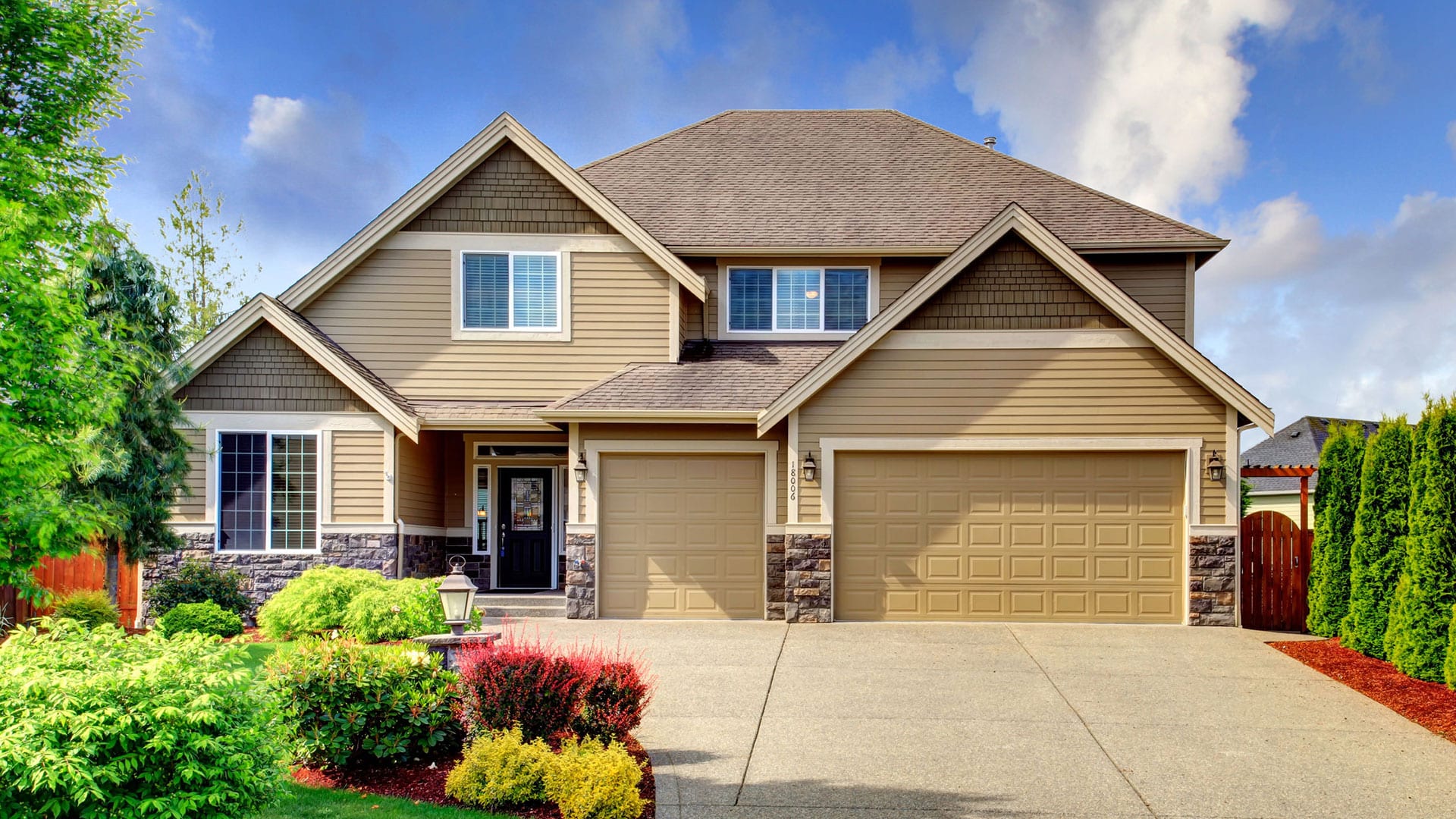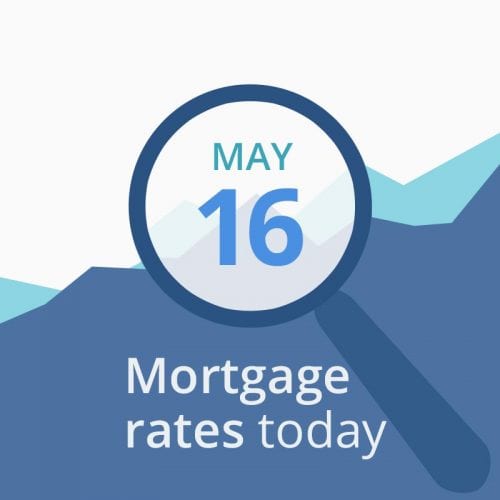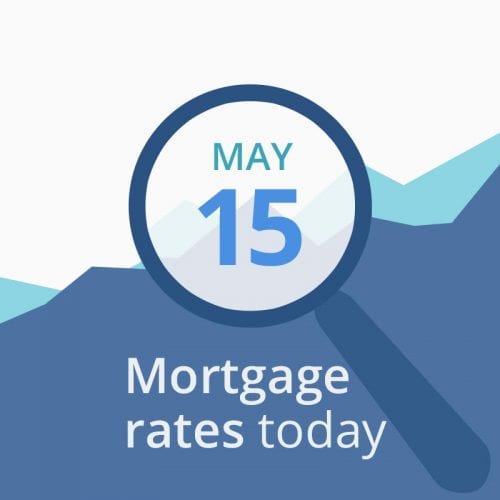
Turning two loans into one
If you have a home equity line of credit (HELOC) or a home equity loan, you’ve probably considered refinancing it into one loan via a new cash-out refinance.
You’re not alone.
According to Freddie Mac, more than $ 200 billion in home equity has been taken out to consolidate second mortgages this decade alone.
Mortgage rates are low and it could be a good time to trade in that home equity loan for a new low fixed rate. Here’s how.
Shop rates with top lenders for your HELOC consolidation loan here. (May 2nd, 2019)
Can you use cash-out refinance to pay off HELOC?
Yes. In fact, thousands of homeowners do this each year.
Many are worried that their variable HELOC rate will suddenly skyrocket, since it’s probably based on the current prime rate. The prime rate has been creeping up since 2015. It has moved from 3.25% then to 5.5% as of mid-2019. How high will it go?
Additionally, many homeowners are close to their HELOC turning 10, at which point they transition from an interest-only payment to a fully amortized one. Plus, the rate might go up at that point too. It’s not uncommon for the payment to double.
The potential solution? A cash-out refinance.
Lenders have no restrictions on how you can use proceeds from a cash-out refinance.
Luckily, mortgage lenders have no restrictions on how you can use proceeds from a cash-out refinance. That means you can use the proceeds to pay off a HELOC just as easily as you can stick it in your bank account.
At closing, your escrow company simply cuts a final payment to your HELOC lender (assuming you have enough equity) and you never have to make two monthly mortgage payments again.
Check your HELOC consolidation refinance eligibility here. (May 2nd, 2019)
When paying off a HELOC is not considered cash-out
Paying off a 2nd mortgage is sometimes considered a “rate-and-term” refinance rather than a cash-out. You want it to be deemed as such, since rate-and-term refis come with lower rates and fewer restrictions.
Following are requirements if you want to pay off a HELOC and the lender considering it a rate-and-term refinance:
- The new loan will be a conventional/conforming loan issued by a Fannie Mae- or Freddie Mac-approved lender
- The HELOC or home equity loan was used to purchase the property
- The entire HELOC loan balance was used for the purchase
- No additional draws have been made against the HELOC/2nd mortgage
- You can provide a settlement/closing statement for the home purchase
In short, you may qualify for the rate-and-term status if you used an 80-10-10 piggyback loan. The only reason you have a HELOC is that you financed the original home purchase.
Check your eligibility for a rate-and-term HELOC payoff refinance here. (May 2nd, 2019)
HELOC Calculator
You might be wondering if you’ll save money by refinancing two mortgages into one loan.
Figure that out in two steps:
1. Calculating the interest-only payments on your existing HELOC with this formula
(Current HELOC balance) X (interest rate displayed as a decimal [i.e. 5.25% = 0.0525]) / 12
For instance, $ 50,000 X 0.0525 / 12 = $ 218.75/mo.
2. Add this amount to your current first mortgage payment including taxes and insurance
3. Compare that number to your new full payment by plugging in your refinance numbers at this mortgage calculator (Enter remaining equity after the refi into the Down Payment field).
Now you know whether you’ll save money by consolidating your HELOC into one new fixed-rate loan.
Warnings about refinancing your first and second mortgage
Using a cash-out refinance to pay off a second mortgage doesn’t come without risks.
Mortgage prepayment penalties
However, you should check the agreements you signed for your first mortgage and HELOC before you get too excited. One or both of those might contain clauses that impose prepayment penalties. Not all lenders include them but some do.
Usually, these penalties fade away to nothing after a few years. They rarely have much (or any) bite after five years.
HELOC or home equity loan penalties
For HELOCs, these penalties are called early closure fees. And they’re most likely to be troublesome if you only recently signed up for your loan.
Related: How your loan’s features affect your interest rate (and what to do about them)
In short, you’re likely to be fine using a cash-out refinance to pay off HELOC if you didn’t just take out either your first or second mortgage. If one or both are very recent, you need to work out the exact costs and feed them into your calculations. In some cases, they can undermine the economic basis of a refinance.
The impact of mortgage rates
You need to consider currently available interest rates versus the one you already have. In a rising rate environment, it’s harder to get a lower rate without shortening the term of the loan (from a 30-year to a 15-year, for example) or choosing an ARM loan.
The exception might be if you’re a “better” borrower now than when you originally borrowed: with a higher credit score, more equity or a stronger income/debt picture.
Rates versus payments: what’s your refinancing goal?
Cash-out refinancing is not cheap, and you may not get a lower interest rate than that of your current first mortgage. However, your monthly payment is likely to be lower than that of your mortgage and HELOC payments combined. Spreading out a 5-year repayment schedule over 30 years is likely to accomplish that.
Still, you must make sure your new payments are going to be affordable. So get a rate quote and use The Mortgage Reports payment calculator to get a firm grasp on what you’d face. You need also keep an eye on your total cost of borrowing: all loan charges plus the interest you pay until your home is completely free and clear.
Understand that in the long run, you’re likely to pay more interest by stretching out your home loan repayment, even if you get a lower rate by refinancing. You are trading a lower payment today for a higher cost tomorrow. There is nothing wrong with it as long as you are aware and going into your loan with both eyes open.
Alternatives
Before you commit to a cash-out refinance to pay off HELOC, explore a couple of alternatives. You may be able to refinance the HELOC itself, either to another HELOC or to a home equity loan with a fixed interest rate and payment.
Both these typically have the advantage of lower closing costs and less hassle than a cash-out refinance. But they’ll likely come with higher interest rates. So do the math before you make your choice.
What is a cash-out refinance?
A cash-out refinance involves replacing your mortgage with a larger one. You receive a check for the difference, after paying your mortgage costs.
Many choose to use money from a cash-out refinance to pay down other debts, start a new enterprise, pay college tuition, boost investment portfolios or cover medical bills.
Or you might use it to pay off a home equity line of credit (HELOC) or home equity loan.
Your equity is the amount by which the current market value of your home exceeds your mortgage balance. But don’t expect to be able to borrow against all of it unless you have a Veterans Administration (VA) loan. Most lenders cap borrowing secured on your home at 80 percent of your property value, though the Federal Housing Administration (FHA) allows 85 percent.
What’s a HELOC?
HELOC is an acronym that stands for home equity line of credit. It’s a form of second mortgage, meaning you’ve put your home up as security for the loan. And you could face foreclosure if you default.
There are many forms of HELOC with varying terms — 15 years is a popular one. The loan will have a “draw” phase, followed by a “repayment” phase.
During that first phase, which might last 10 years, you can borrow as much as you want up to your limit, pay back sums you choose and then reborrow back up to that limit. But all you have to pay during this time is interest on your balance. For instance, for a HELOC at 6 percent with a $ 25,000 balance, the monthly interest is $ 125 a month.
Related: Will your HELOC payment skyrocket?
However, the second, “repayment” phase is much less fun. Suddenly, you can’t borrow on your HELOC any more. And you have to repay the entire balance over the remaining term of the loan. Once your 10-year draw period ends, you might get five years in which to off your balance.
That can hurt once the draw period ends and you have five years to clear that balance. For that $ 25,000 loan at 6 percent, for example, your monthly payment increases to $ 483. And that’s assuming that the interest rate doesn’t go up.
Apply for your HELOC consolidation loan
If you have decent equity and credit, using a cash-out refinance to consolidate a HELOC is probably easier than you think.
Shop current rates with top lenders and get started on your goal to finally retire that home equity loan.
Shop cash-out refi rates with top lenders here. (May 2nd, 2019)
Mortgage Rates, Mortgage News and Strategy : The Mortgage Reports





